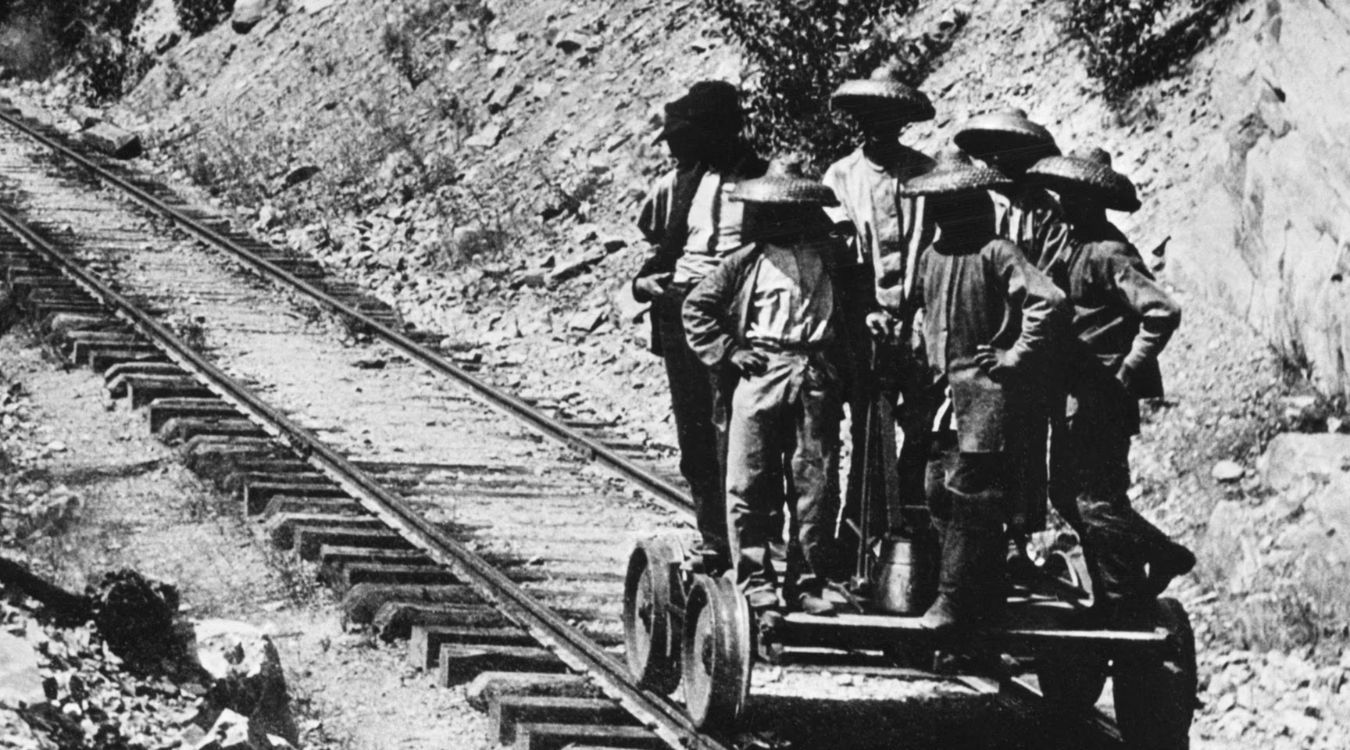Secrets Of Utah’s Transcontinental Railroad Trading Routes

Ever wondered how the Transcontinental Railroad transformed Utah? This historic route, completed in 1869, connected the East and West coasts, making travel and trade faster and easier. Before the railroad, crossing the country took months by wagon. With the new rail system, it only took days. Utah became a crucial hub for goods moving across the nation. Towns like Ogden and Promontory Summit flourished as key stops along the way. The railroad didn't just change travel; it boosted local economies, created jobs, and brought new opportunities. Let's dive into the fascinating history of Utah's role in this monumental achievement.
Secrets of Utah's Transcontinental Railroad Trading Routes
Utah's Transcontinental Railroad played a pivotal role in shaping the American West. This historic route connected the East and West coasts, facilitating trade, migration, and economic growth. Let's uncover some hidden gems along this iconic path.
Historic Landmarks Along the Route
The Transcontinental Railroad is dotted with landmarks that tell stories of the past. These sites offer a glimpse into the challenges and triumphs of building this monumental railway.
Golden Spike National Historical Park
- Located at Promontory Summit, this is where the Union Pacific and Central Pacific railroads met in 1869. The ceremonial "Golden Spike" marked the completion of the first transcontinental railroad.
Ogden Union Station
- Once a bustling hub for rail traffic, Ogden Union Station now houses museums dedicated to trains, cars, and firearms. The station's architecture and exhibits provide a window into the railroad's impact on the region.
Echo Canyon
- This scenic canyon was a critical passage for the railroad. The towering cliffs and unique rock formations make it a picturesque spot for history buffs and nature lovers alike.
Natural Wonders Along the Tracks
The railroad route traverses some of Utah's most stunning landscapes. These natural wonders offer breathtaking views and outdoor adventures.
Great Salt Lake
- The largest saltwater lake in the Western Hemisphere, Great Salt Lake is a must-see. Its unique ecosystem and striking scenery make it a popular destination for birdwatching, sailing, and photography.
Bonneville Salt Flats
- Known for its otherworldly appearance, the Bonneville Salt Flats are a vast expanse of white salt crust. This natural wonder is famous for land speed records and offers a surreal backdrop for photos.
Wasatch Mountains
- The Wasatch Range provides a dramatic backdrop to the railroad route. With opportunities for hiking, skiing, and wildlife viewing, these mountains are a paradise for outdoor enthusiasts.
Cultural and Historical Sites
Beyond natural beauty, the railroad route is rich in cultural and historical significance. These sites highlight the diverse heritage of the region.
Fort Douglas
- Established in 1862, Fort Douglas played a key role in protecting the railroad and settlers. Today, it serves as a museum showcasing military history and artifacts.
Chinese Arch
- This natural arch near Promontory Summit honors the Chinese laborers who contributed significantly to the railroad's construction. It's a poignant reminder of their hard work and sacrifice.
Golden Spike Tower
- Overlooking the Union Pacific Bailey Yard, the world's largest rail yard, this tower offers panoramic views and insights into modern rail operations. It's a fascinating blend of past and present.
Modern-Day Attractions
While steeped in history, the Transcontinental Railroad route also boasts modern attractions that cater to contemporary travelers.
Salt Lake City
- Utah's capital is a vibrant city with a mix of historic sites, cultural institutions, and outdoor activities. From Temple Square to the Utah State Capitol, there's plenty to explore.
Park City
- Known for its world-class ski resorts and the Sundance Film Festival, Park City offers year-round entertainment. The historic Main Street is lined with shops, restaurants, and galleries.
Antelope Island State Park
- Located in the Great Salt Lake, this state park is home to free-roaming bison, antelope, and other wildlife. It's a great spot for hiking, biking, and camping.
Conclusion
Utah's Transcontinental Railroad trading routes are more than just tracks and trains. They are pathways to history, nature, and culture. Whether you're a history buff, nature lover, or adventure seeker, there's something along this route for everyone.
The Legacy of Utah's Transcontinental Railroad
Utah's Transcontinental Railroad trading routes hold a significant place in American history. These routes connected the East and West, fostering economic growth and cultural exchange. They transformed the landscape, bringing new opportunities and challenges to the region. The railroad's construction was a monumental feat, showcasing human ingenuity and determination. Today, the remnants of these routes serve as a reminder of the past, offering a glimpse into the lives of those who built and traveled them. Exploring these historic paths provides a deeper understanding of the nation's development and the pivotal role Utah played. Whether you're a history buff or just curious, visiting these sites can be a rewarding experience. The legacy of the Transcontinental Railroad continues to inspire, reminding us of the power of connection and progress.

